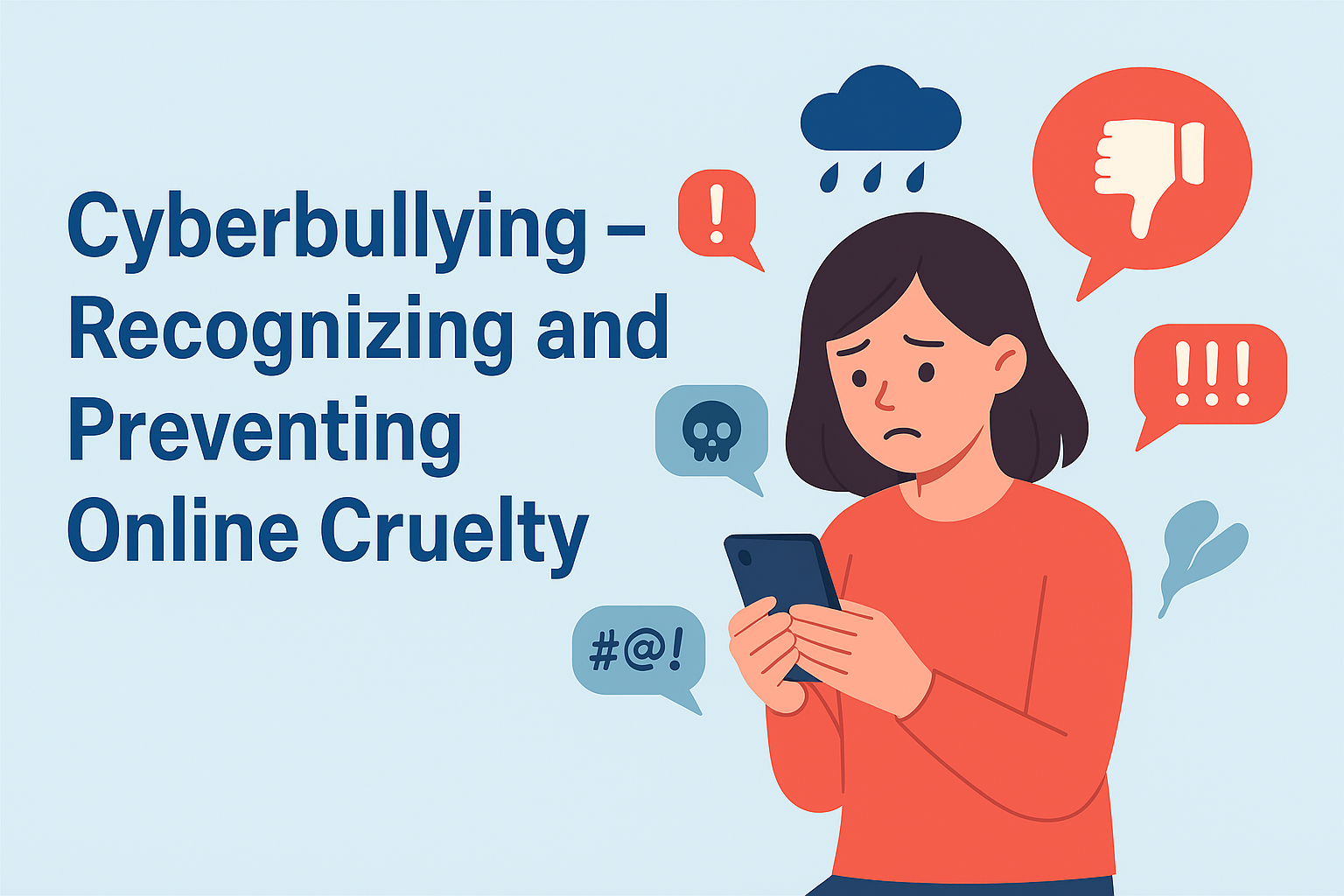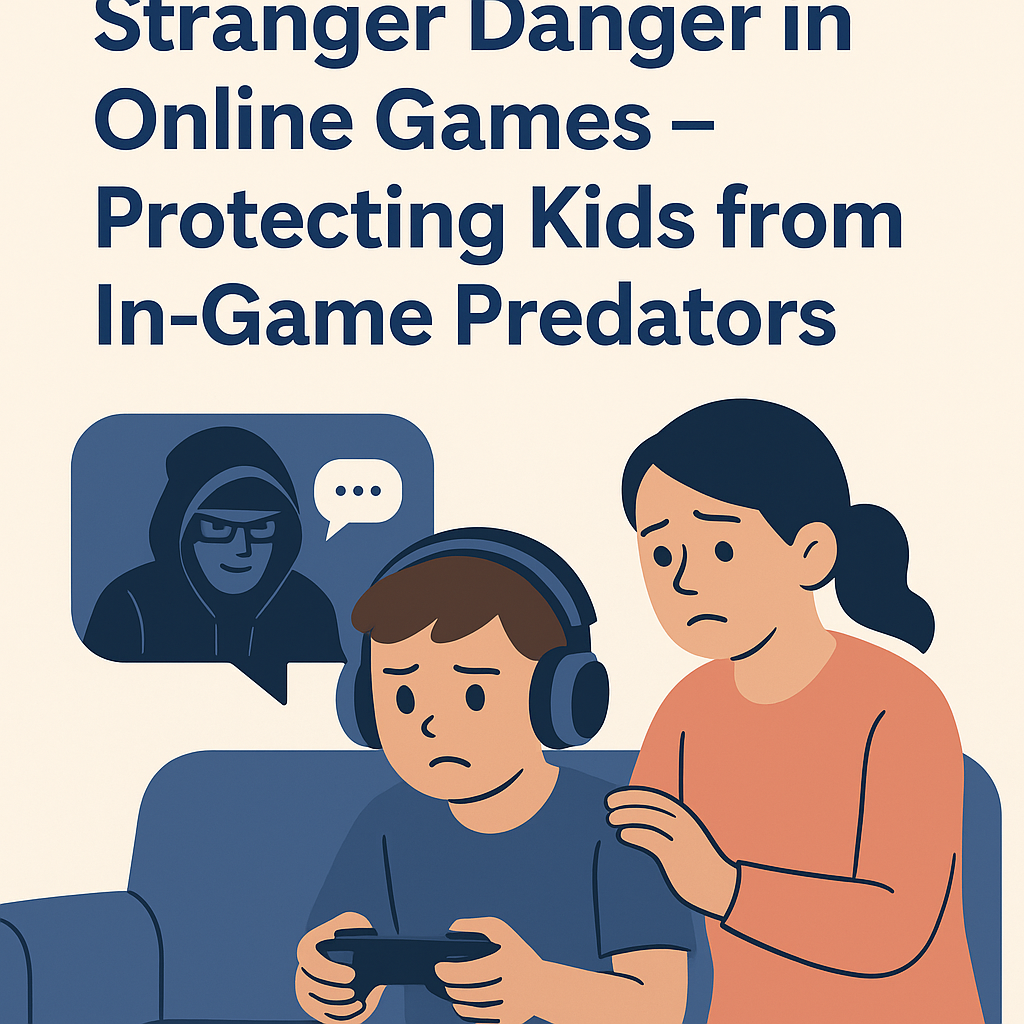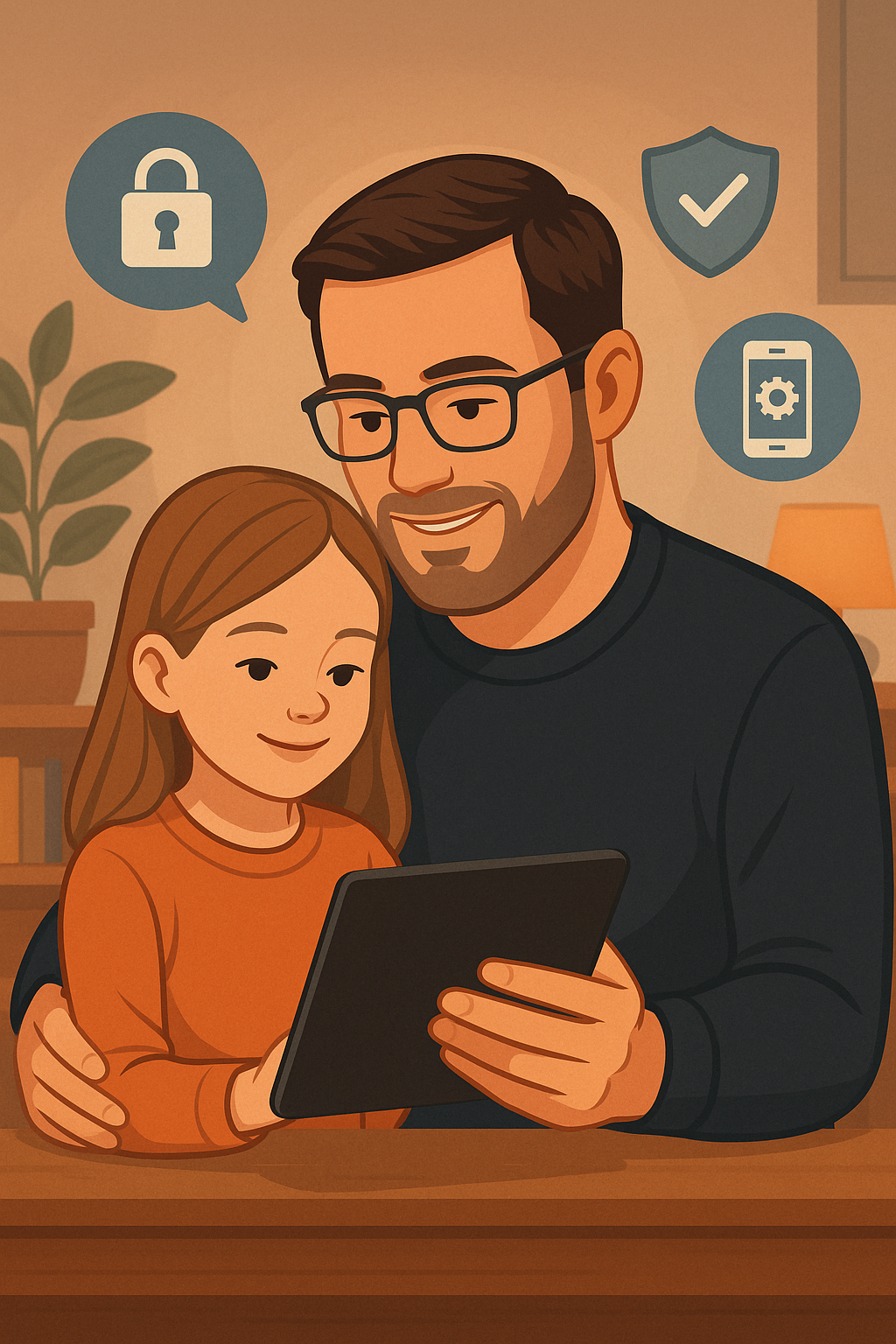Cyberbullying – Recognizing and Preventing Online Cruelty
Cyberbullying – using digital platforms to harass, humiliate, or threaten someone – has become distressingly common among youth

Bullying used to be confined to school halls and playgrounds; now it follows kids home on their devices. Cyberbullying – using digital platforms to harass, humiliate, or threaten someone – has become distressingly common among youth. The behavior can occur via text messages, social media, gaming chats, or any online forum where kids interact. It ranges from mean comments and name-calling, to spreading rumors, impersonation, exclusion from online groups, or worse.
Surveys show that over half of teens (around 55%) have experienced cyberbullying at some point, whether as a target, an observer, or even a perpetrator. And it’s not just teens; even younger children are impacted. One study found about 1 in 5 tweens (ages 9–12) has encountered cyberbullying in some form – either being bullied, having bullied others, or seen it happen. The prevalence is higher among older adolescents: in one 2023 research sampling high schoolers, roughly 27% of students said they had been cyberbullied in just the past 30 days. Girls often report higher rates than boys, possibly due to more social media engagement – for example, 54% of teen girls have faced at least one kind of online harassment, compared to 44% of teen boys.
The impact of cyberbullying on a child’s well-being can be severe. Unlike traditional bullying, online abuse can reach a victim anywhere, anytime, often anonymously. Hurtful messages or humiliating photos can be rapidly shared to wide audiences, exacerbating the embarrassment. Victims of cyberbullying are at increased risk for anxiety, depression, and even self-harm. In fact, research noted that about 32% of girls who were cyberbullied experienced depressive symptoms – a significantly higher rate than peers. School performance can suffer too; more than 60% of students who encountered cyberbullying said it directly impacted their ability to learn and felt unsafe at school. Some students have even skipped school to avoid online-originated ridicule.
So, what steps can parents and educators take to combat cyberbullying? Here are key strategies:
- Foster open communication: Make sure your child knows they can come to you if they’re being harassed online. Victims often stay silent out of fear or shame – as noted earlier, many younger kids (55% of 8–12 year-olds) didn’t tell an adult when something online upset them. Emphasize that you won’t revoke their device privileges as punishment for being bullied (a common fear). Instead, you’re there to help. Sometimes just knowing a parent is aware and supportive can ease a child’s burden greatly.
- Save the evidence: If bullying occurs, encourage your child not to respond impulsively or delete messages. Instead, save screenshots or records of the abusive texts/posts. This documentation is vital if the school, platform, or even police need to get involved. Many social media apps have reporting mechanisms for harassment – use them, and provide the evidence.
- Use privacy and moderation tools: Teach your child to use block and mute features. Every major platform allows users to block bullies from contacting them. They should also set accounts to private so only approved friends can interact. On group chats or games, show them how to report abusive players. If the bullying is happening via SMS/text, consider changing the number or using apps that can filter texts.
- Leverage parental control tech: Solutions like Protect can indirectly help manage cyberbullying by monitoring and limiting exposure. For example, Protect’s app controls allow you to disable or time-limit certain social apps where your child is encountering harassment. If a particular platform becomes toxic (say, a messaging app where classmates are ganging up), you might use Protect to block that app temporarily while resolving the issue. Additionally, Protect’s activity reports give insight into your child’s online patterns. A sudden spike in messaging late at night or a child repeatedly visiting a profile that upsets them could be red flags. While Protect doesn’t read the content of messages (maintaining privacy), it keeps you informed enough to notice unusual behavior and step in when needed.
- Education on empathy and kindness: Prevention is as important as response. Schools and parents should educate kids from a young age about digital citizenship – essentially, “treat others online as you’d want to be treated.” Discuss real-life examples of the harm cyberbullying can do, and encourage children to be “upstanders” (standing up for peers) rather than bystanders if they witness online cruelty. Often, bullies are looking for attention; if they are ignored or called out by peers, the behavior can stop.
- Set consequences and involve school if necessary: If your child is the one doing the bullying (it can happen – sometimes good kids make bad choices online), it’s important to address it firmly. Set clear consequences and help them understand the gravity of their actions. If your child is being victimized, inform their school. Most schools now have anti-bullying policies that include cyberbullying, especially if classmates are involved. Administrators can watch for related in-person bullying and may discipline offenders according to school policy.
Latest articles

Start using the parental control platform of

the future




